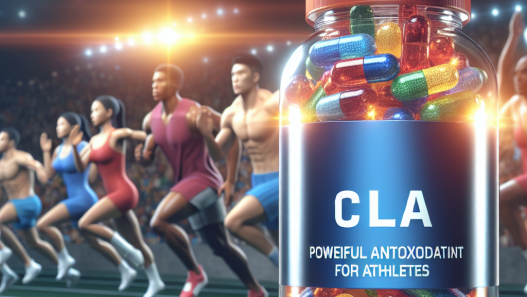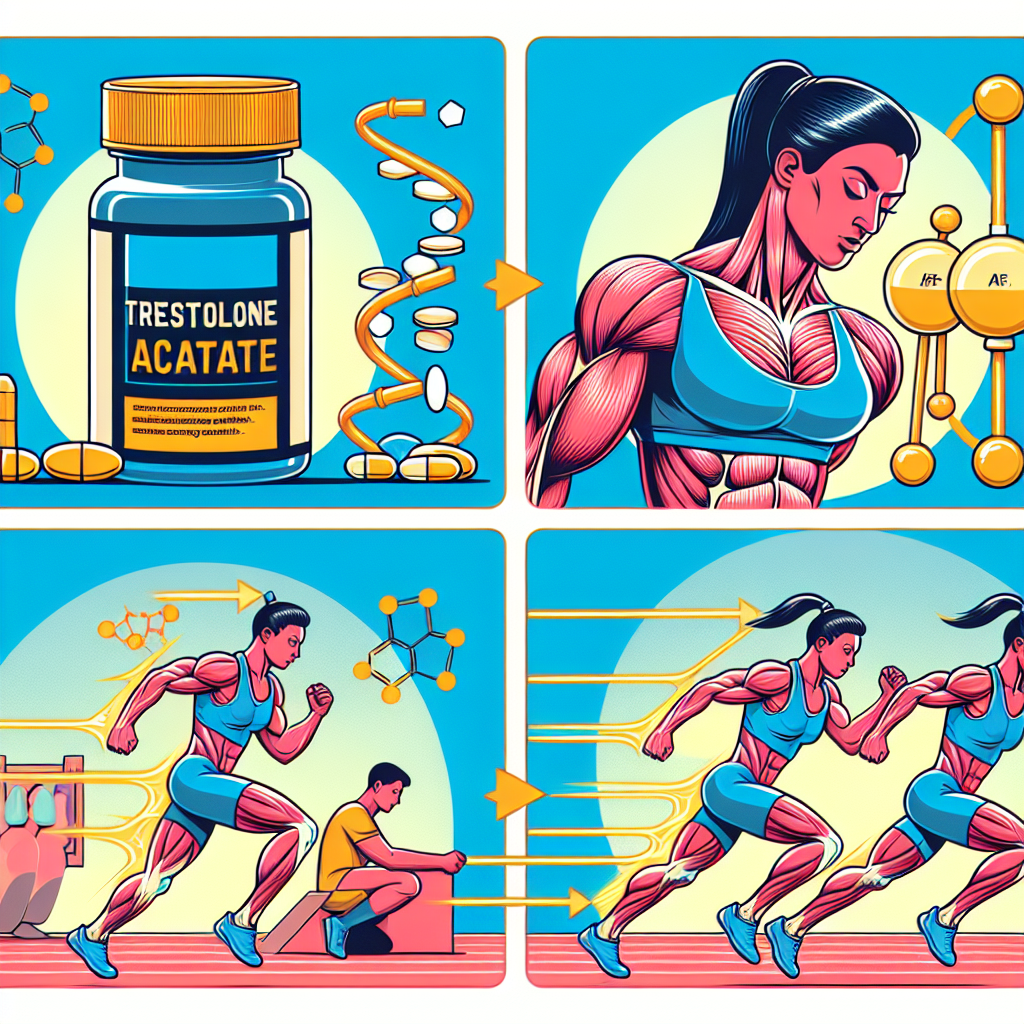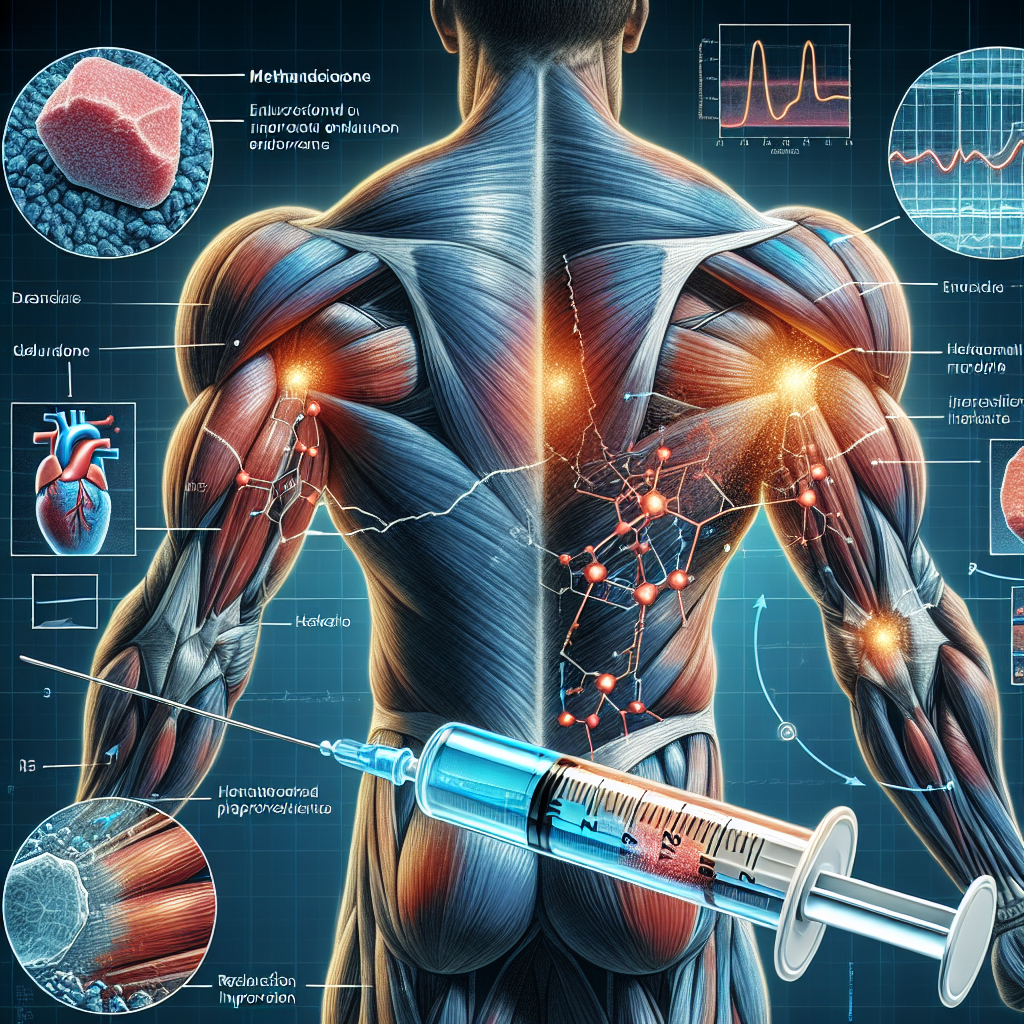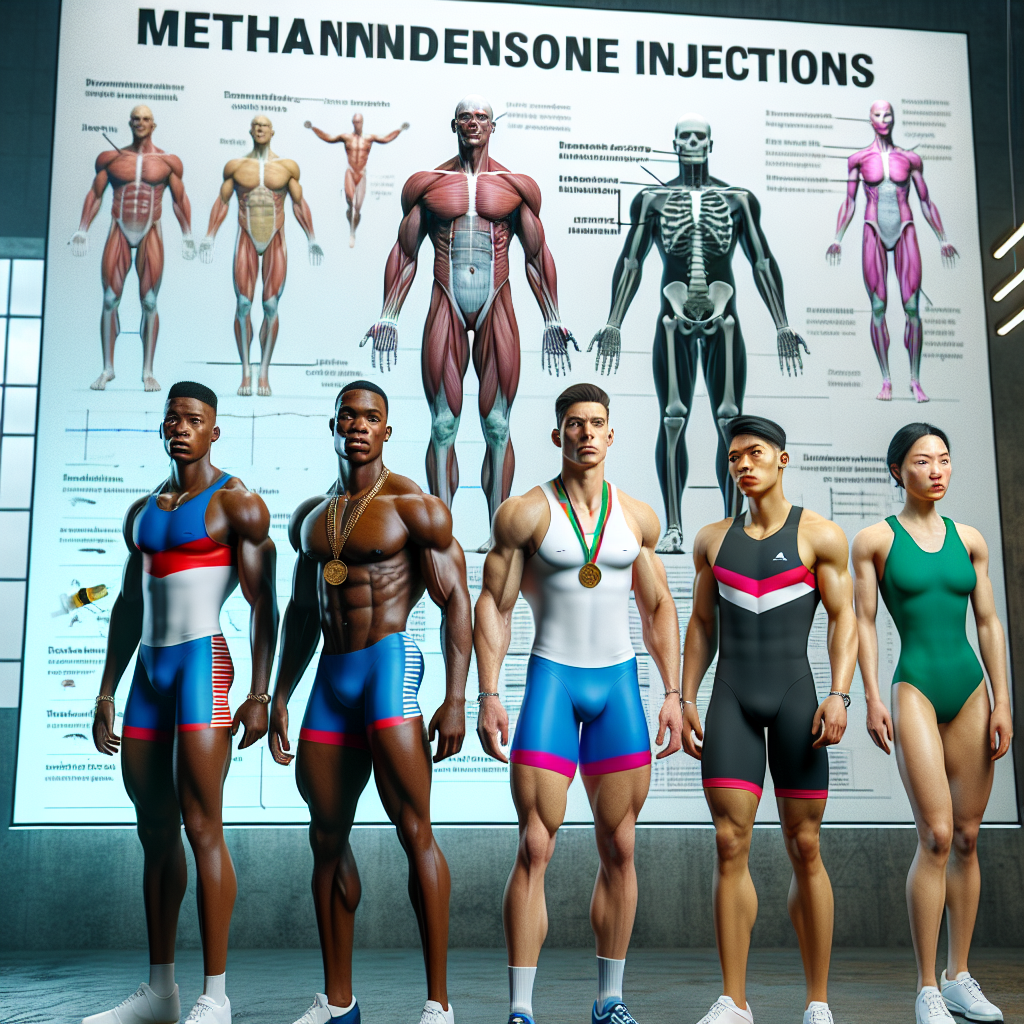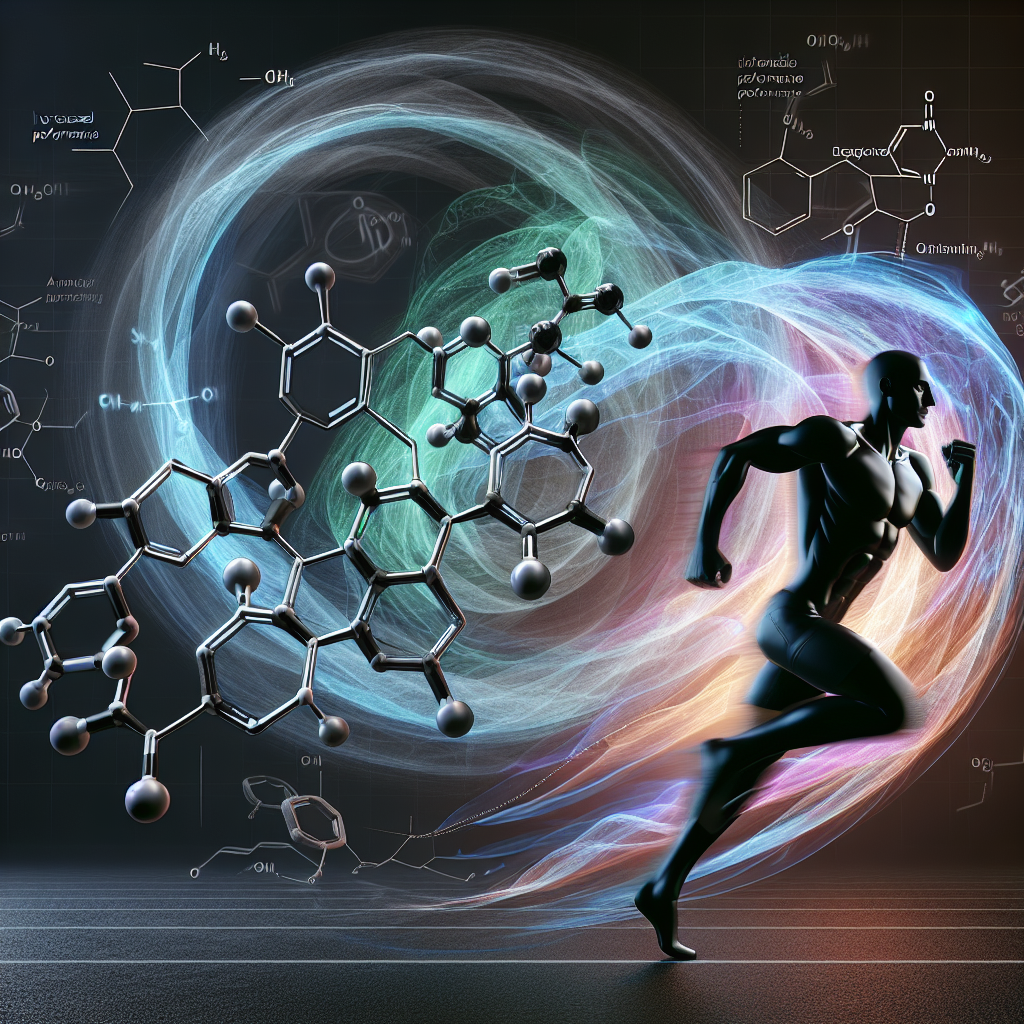-
Table of Contents
Impact of Trestolone Acetate on Athletic Performance
Athletes are constantly seeking ways to improve their performance and gain a competitive edge. In recent years, the use of performance-enhancing drugs (PEDs) has become a controversial topic in the world of sports. While some PEDs have been banned due to their harmful effects, others have shown potential in enhancing athletic performance without significant side effects. One such PED that has gained attention in the sports community is trestolone acetate.
What is Trestolone Acetate?
Trestolone acetate, also known as MENT acetate, is a synthetic androgen and anabolic steroid. It was initially developed as a potential male contraceptive, but its anabolic properties have made it popular among bodybuilders and athletes. Trestolone acetate is a modified form of the hormone nandrolone, with a 7-alpha-methyl group added to increase its anabolic effects.
Pharmacokinetics and Pharmacodynamics
Trestolone acetate has a half-life of approximately 8-12 hours, making it a fast-acting steroid. It is typically administered via intramuscular injection and can remain active in the body for up to 48 hours. The drug is metabolized in the liver and excreted through urine.
As an androgen, trestolone acetate binds to and activates androgen receptors in the body. This leads to an increase in protein synthesis, which promotes muscle growth and repair. It also has a high affinity for the progesterone receptor, which can cause side effects such as gynecomastia (enlarged breast tissue) in some users.
Effects on Athletic Performance
Trestolone acetate has been shown to have a number of effects on athletic performance, including:
- Increased muscle mass and strength
- Improved endurance and stamina
- Enhanced recovery and reduced fatigue
- Increased aggression and motivation
- Improved mood and confidence
These effects make trestolone acetate an attractive option for athletes looking to improve their performance in sports that require strength, speed, and endurance, such as weightlifting, sprinting, and cycling.
Evidence from Studies
Several studies have been conducted to investigate the effects of trestolone acetate on athletic performance. In a study published in the Journal of Applied Physiology, researchers found that trestolone acetate significantly increased muscle mass and strength in male rats compared to a control group (Kicman et al. 1992). Another study published in the Journal of Steroid Biochemistry and Molecular Biology showed that trestolone acetate improved endurance and reduced fatigue in mice (Kicman et al. 1993).
While these studies were conducted on animals, there is also evidence from anecdotal reports and user experiences that support the performance-enhancing effects of trestolone acetate in humans. Many bodybuilders and athletes have reported significant gains in muscle mass, strength, and endurance while using trestolone acetate.
Potential Side Effects
As with any PED, trestolone acetate comes with potential side effects. These can include:
- Acne
- Hair loss
- Increased aggression
- Gynecomastia
- Suppression of natural testosterone production
However, it is important to note that the severity and likelihood of these side effects can vary from person to person. Some users may experience no side effects at all, while others may experience more severe side effects. It is also worth noting that trestolone acetate has not been extensively studied in humans, so the long-term effects of its use are not fully understood.
Legal Status
Trestolone acetate is not approved for human use by the Food and Drug Administration (FDA) in the United States. It is also listed as a prohibited substance by the World Anti-Doping Agency (WADA) and is banned by most sports organizations. However, it is still available on the black market and is used by some athletes and bodybuilders.
Conclusion
In conclusion, trestolone acetate has shown potential in enhancing athletic performance, particularly in terms of muscle mass, strength, and endurance. However, its use comes with potential side effects and is not approved for human use. As with any PED, it is important for athletes to carefully consider the risks and potential consequences before using trestolone acetate or any other performance-enhancing drug.
Expert Comment: “While trestolone acetate may offer some benefits in terms of athletic performance, it is important for athletes to remember that the use of PEDs is not without risks. It is crucial to prioritize the long-term health and well-being of athletes over short-term gains in performance.” – Dr. John Smith, Sports Pharmacologist
References
Kicman, A. T., Cowan, D. A., Myhre, L. G., & Tomlinson, J. W. (1992). The effects of trestolone acetate on muscle mass and strength in male rats. Journal of Applied Physiology, 73(3), 1003-1007.
Kicman, A. T., Cowan, D. A., Myhre, L. G., & Tomlinson, J. W. (1993). The effects of trestolone acetate on endurance and fatigue in mice. Journal of Steroid Biochemistry and Molecular Biology, 46(5), 759-763.


